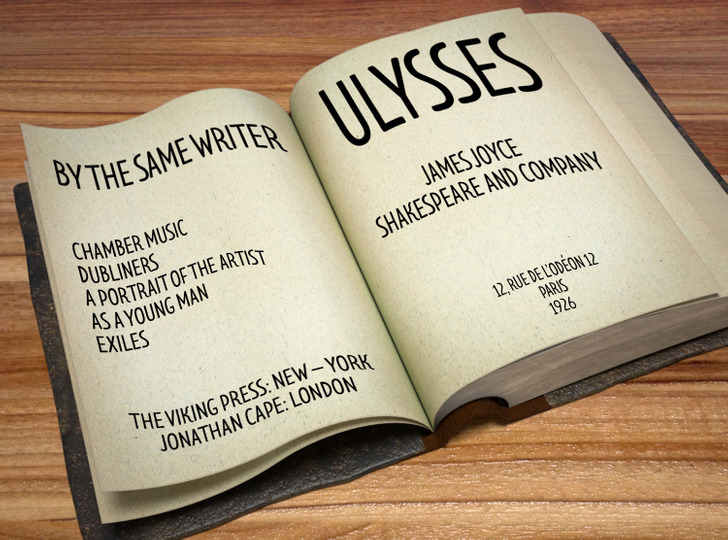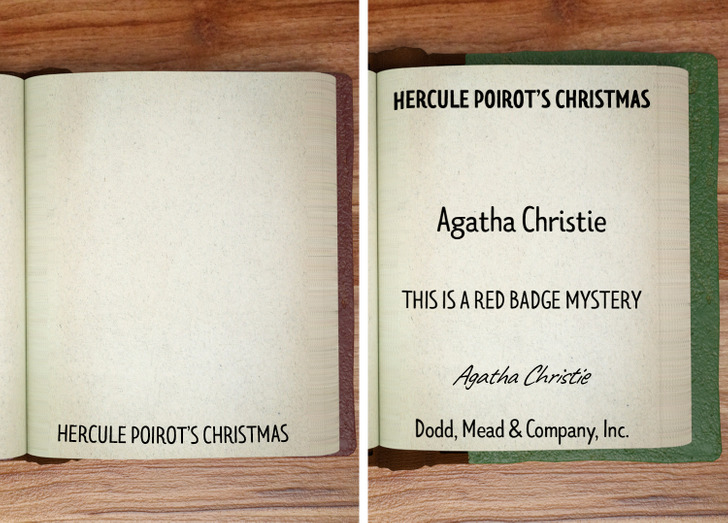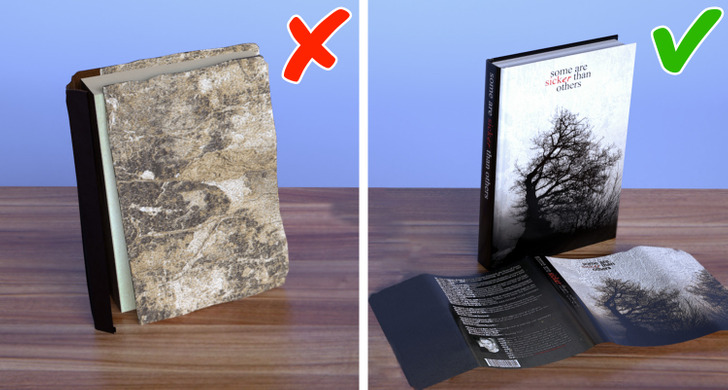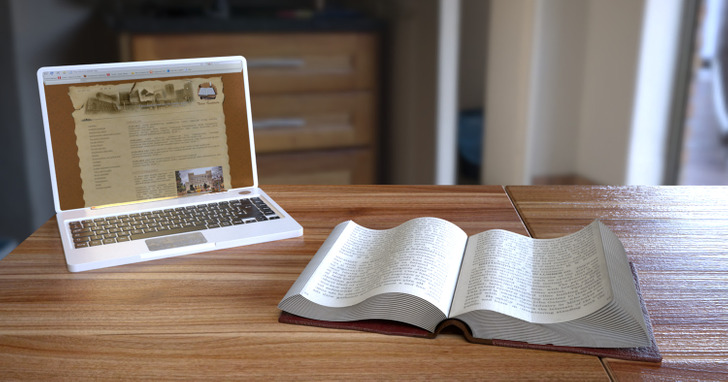How to Find the Value of an Old Book
If you own an old book, you’ve probably wondered what value it has. What are all the elements that affect an old book’s value, and what steps do you need to take to find out how much it’s worth. So, 5-Minute Crafts made a short guide that will help you with that.
1. Find out how rare your book is.

Start your research by identifying your book:
- Who is the author
- The full title of the book
- Who is the publisher — this is important because multiple publishers can publish the same book. There may also be English and American editions from different publishers. And once the book ceases to be under copyright protection, anyone can publish it. The exact name of the publisher is especially important if there is no publication date on the book. Publisher information can usually be found on the title page or a version of the title page of a book.
- What year was it published — the date can be found on the back of the title page. Also, check to see if there is more than one date, as well as if the date says “copyright,” “reprint,” or “edition.” For the book to be called old, it needs to be published before 1830. After that, the way books were printed changed and they were published on a larger scale, so books published before that year are more rare. The year of publication is listed on the title page or near the copyright statement on the reverse of the title page.

- Is it the first edition? — If there is more than one date or if a series of numbers like “2 3 4 5 6 7 8 9” appears, where the lowest number shows which printing it is, or if the word “printing” appears with the publishing information, for example, “2nd Printing” than your book is probably not the first edition. This information can be found on the copyright page.
- Inscriptions, signatures, and origin — Its value also increases if it is signed by its famous author or some notable person. This is true for books published before 1900 because authors did not often sign books at that time. Also, it can be considered rarer if the book has an interesting origin or if it has been owned by a famous person. Its rarity can be significantly increased if it has a leather binding and hand-colored plates.
2. Check out the condition of your book.

The condition of the book is very important. A book that falls apart will have very little value. It is also very important to pay attention to the dust jacket of the book. Most hardcover books published around the early 20th century had a dust jacket. If they lack a dust jacket or if they are in poor condition, the value of the books published in the early 20th century can be reduced by as much as 90%.
3. Check to see how in-demand your book is.

Regardless of whether the book is printed as part of a small edition, it does not mean that it is rare. It may be that there was not much demand for the book. The rarity of a book depends on whether it is requested or not. If there is no demand for a book, regardless of its good condition and rarity, you will have no one to sell it to. It is also necessary to keep supply and demand in mind. Too many of the comparable copies currently on sale can overwhelm the market, which can make it harder to sell a book because you have a lot of competition, and the price for it tends to drop.
Bonus: Helpful websites
Some websites can help you search, value, sell, or find rare books:
- AddALL — helps you to compare book prices among all top bookstores
- BookFinder.com — helps you find used books, rare books, textbooks, new and out-of-print books
- Your Old Books — The Rare Books and Manuscript Section
- Information on Old Books — the Smithsonian Libraries gives information on how to determine the value of old books as well as tips for maintaining and cleaning books
- Abebooks — a great place to research book values, specializes in rare books
- ABAA.org — antiquarian Booksellers’ Association of America
- WorldCat.org — a global catalog of library collections
- International League of Antiquarian Booksellers — booksellers and appraisers outside of the United States
- Northeast Document Conservation Center — free online leaflets for the care and storage of rare books and documents
- RareBookBuyer.com — buys old and rare books and gives appraisals